Artelys contributes significantly to the European Commission’s Hydrogen and Decarbonised Gas Package
The European Commission has published today its Hydrogen and Decarbonised Gas Package, with numerous proposals aiming at updating the legislative and regulatory framework to put the EU on track to reach a decarbonized economy by 2050, notably by facilitating the establishment of an integrated European hydrogen market. The contribution of Artelys in the context of the Gas Package Impact Assessment was two-fold.
Integration of low-carbon and renewable gases and improved gas market rules
At the head of a consortium of renowned institutes (Trinomics, Fraunhofer IEE, and the JRC), Artelys has assessed different policy options to establish a level-playing field for renewable and low carbon gases and to align network planning procedures with the challenges arising from a profound transformation of the EU gas system. The options that have been analyzed address potential shortcomings in different areas of the existing legislation, such as:
- Constrained market/grid access for producers of renewables/low-carbon gases.
- Missing grid connections as potential barriers for the exploitation of domestic renewable gas potentials.
- Intra-EU gas entry/exit tariffs as a barrier for a fully integrated EU gas market.
- Gas quality rules at the transport level are driven by quality considerations for fossil methane, disregarding hydrogen blending or other renewable/low-carbon gases.
The analyses rely on a combination of qualitative and quantitative techniques, the latter including comprehensive modeling of the EU gas sector with the energy system model METIS. METIS is a solution that is developed by Artelys on behalf of the European Commission’s Directorate General for Energy. Thanks to METIS, and with additional qualitative considerations, the policy options considered by the European Commission have been evaluated in terms of their economic, environmental, and social impacts.
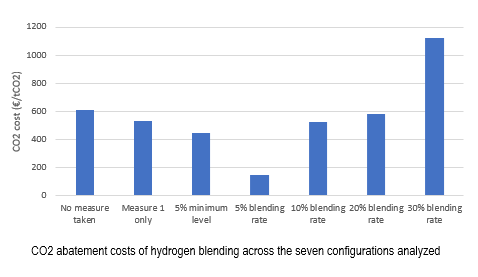
Our assessments have delivered novel insights and reveal for instance that:
- Although biomethane is quite abundant across the EU, the associated costs still exceed significantly current gas prices and require public support or an important carbon price level to become cost-competitive.
- A review of the intra-EU gas entry/exit tariffs for cross-border exchanges could increase market efficiency and slightly decrease marginal gas prices, but would require significant administrative efforts.
- Hydrogen blending into existing gas transport networks comes at significant investment costs when exceeding a blending rate of 5% as the entire gas supply chain would be affected. Even if blending may facilitate the establishment of a European hydrogen economy, it would contribute only marginally to the reduction of GHG emissions. Higher blending rates would imply CO2 abatement costs of more than 400 €/t (see graph above) and would require coordinated European legislation to prevent a fragmentation of the EU gas market.
- Providing negotiated third-party access to all LNG terminals facilitates an increase of the level of LNG imports, thereby potentially reducing the EU gas price.
- The joint planning of networks for gas, electricity, and hydrogen at European, regional, and country levels reveals synergies between energy carriers and prevents investments in stranded assets and technology lock-ins.
The full report prepared by Artelys and partners is available here.
Benefits and costs of a pan-European hydrogen network
Artelys has contributed to the model-based quantification of the benefits and costs of developing a European hydrogen network. The underlying policy assumptions and associated modeling assumptions have been developed in close coordination with Guidehouse, who performed a qualitative examination of the policy options. Our assessment complements the latter with quantitative results, generated with the EU energy system model METIS. The potential evolution of a future hydrogen network was determined by jointly optimizing the EU electricity, gas, and hydrogen cross-border interconnections and flexible solutions for the most recent 2030 scenario produced by the European Commission (which complies with the 55% emission reduction target in 2030). The METIS model includes in its scope the possibility to repurpose existing gas pipelines as well as the option to build new hydrogen pipelines. Furthermore, hydrogen storage potentials have been examined, leading to the interlinkages between electricity, gas, and hydrogen (via electrolyzers, power-to-x, gas/hydrogen turbines, etc.) to be fully covered by METIS.
The analysis reveals that:
- The emergence of a pan-European hydrogen network by 2030 facilitates the exploitation of least-cost renewable electricity potentials, thereby driving down the costs of domestic EU hydrogen supply and helping national hydrogen prices to converge.
- A concerted planning of hydrogen generation and cross-border hydrogen (and electricity) transmission capacities across EU Member States will significantly lower the costs of introducing hydrogen into the EU energy mix. National electrolyzer build-out objectives should be set in coordination with the other Member States, as hydrogen imports may be less costly than electricity imports for local hydrogen production.
- A significant part of future hydrogen cross-border interconnection capacities may rely on the repurposing of existing gas pipelines while ensuring sufficient gas capacities remain to meet the 2030 methane demand.
- Allowing electrolyzers to run on electricity from the grid (in addition to dedicated RES capacity investments) may effectively reduce system costs, yet at the expense of increasing carbon emissions. Maintaining a carbon constraint enables emission reduction at an abatement cost of approximately 27 €/tCO2.
The related report is available here.
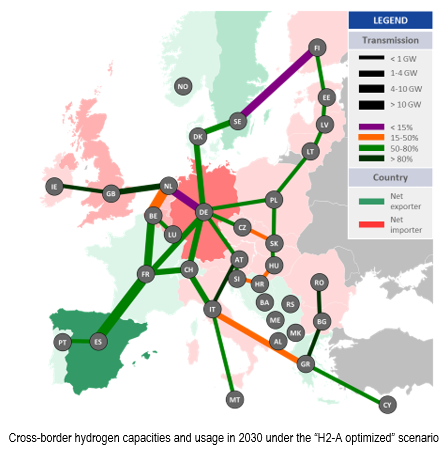
If you want to know more about Artelys previous studies for the European Commission, you can contact us or visit the dedicated web page.
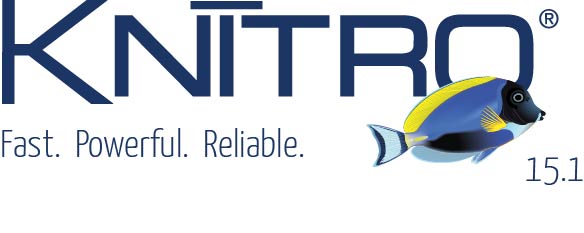
Artelys Knitro 15.1: Solve your toughest pooling applications!
Artelys releases Knitro 15.1, bringing a new wave of performance upgrades and usability improvements to help you solve large-scale optimization problems faster than ever.
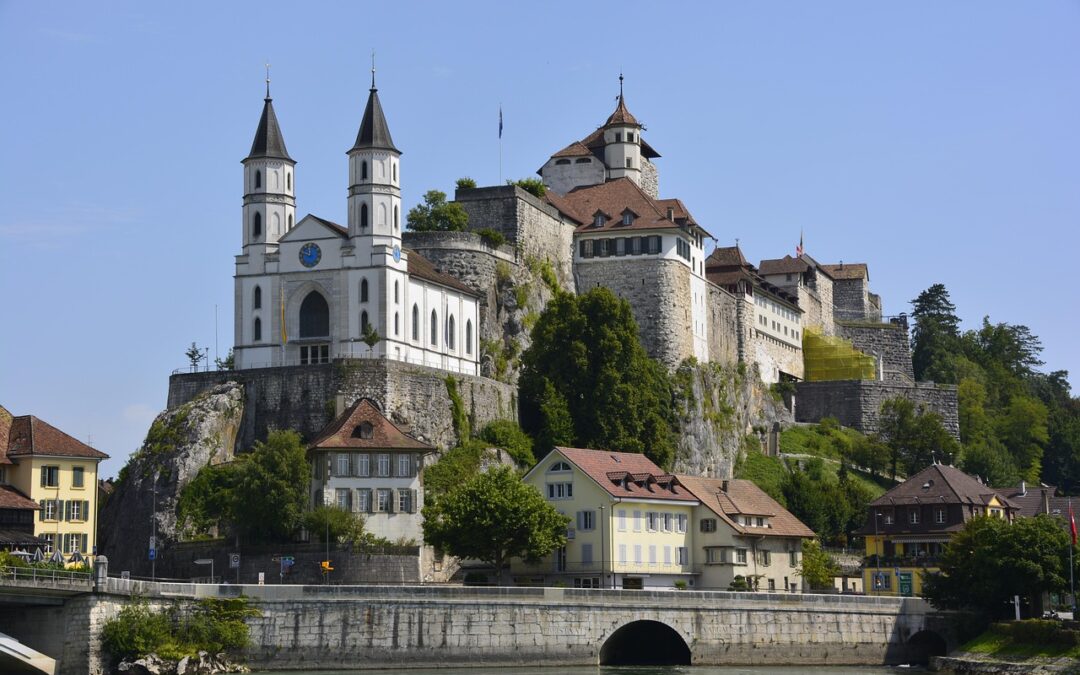
Swissgrid selects Artelys Crystal Super Grid
Artelys is pleased to announce that Swissgrid, the Swiss electricity Transmission System Operator (TSO), has selected Artelys Crystal Super Grid, our multi-energy simulation solution, to support their strategic planning and system analysis activities.

Artelys led the Assessment of Policy Options for Securing Inertia for the European Commission
The European Commission’s Directorate-General for Energy (DG ENER) selected Artelys (leader), Trinomics, and Tractebel ENGIE to study solutions for ensuring the future frequency stability of the European power system. The study report was published in August 2025 by...
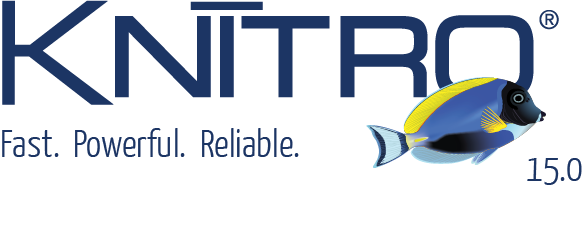
Artelys Knitro 15.0: New Tools for Your Large-Scale Models
Artelys is pleased to announce the release of Knitro 15.0, which provides new algorithms and performance improvements to solve your large-scale optimisation problems, whether linear or non-linear, more quickly.
subscribe to our newsletters
© ARTELYS • All rights reserved • Legal mentions